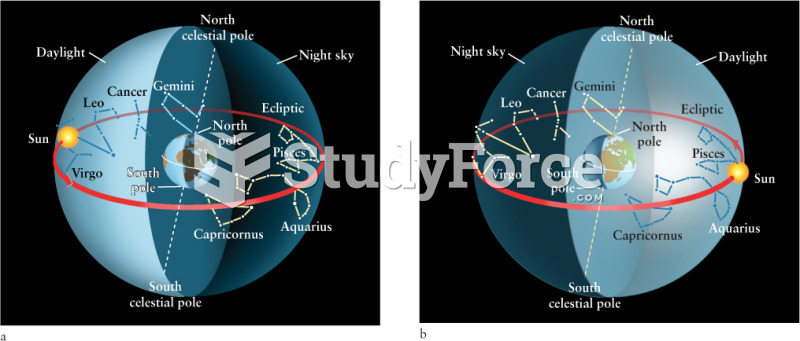This topic contains a solution. Click here to go to the answer
|
|
|
Did you know?
Never take aspirin without food because it is likely to irritate your stomach. Never give aspirin to children under age 12. Overdoses of aspirin have the potential to cause deafness.
Did you know?
Signs and symptoms of a drug overdose include losing consciousness, fever or sweating, breathing problems, abnormal pulse, and changes in skin color.
Did you know?
In 1864, the first barbiturate (barbituric acid) was synthesized.
Did you know?
HIV testing reach is still limited. An estimated 40% of people with HIV (more than 14 million) remain undiagnosed and do not know their infection status.
Did you know?
Street names for barbiturates include reds, red devils, yellow jackets, blue heavens, Christmas trees, and rainbows. They are commonly referred to as downers.
 (a) Mechanisms of action for direct cholinergic agonists. Direct cholinergic agonists can act by two ...
(a) Mechanisms of action for direct cholinergic agonists. Direct cholinergic agonists can act by two ...
 Safety glasses should be worn at all times when working on or around any vehicle or servicing any ...
Safety glasses should be worn at all times when working on or around any vehicle or servicing any ...





